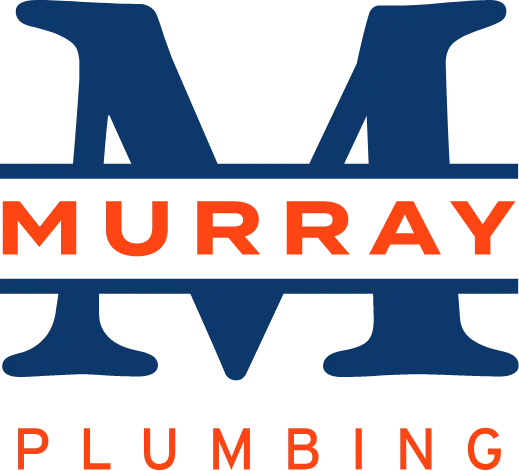It’s safe to say there are a lot of people who are afraid to mess with household plumbing – and we understand that. Plumbing can be scary if you don’t know what you’re doing, and nobody wants to be responsible for their house flooding, the toilet spewing sewage all over the bathroom, or pretty much anything else that involves large quantities of water or human waste being anywhere that it doesn’t belong. However, knowledge is power, and as a general rule, an ounce of prevention is worth a pound of cure. The very best thing you can do for your home’s plumbing is also the easiest: maintain it.
We know we write about them a lot, but toilets are often the most used fixture in a home. And your toilet definitely has the potential to be one of the messiest, most expensive, biggest hassles you’ll ever encounter if it isn’t properly used and maintained. You don’t need to start digging a latrine in the backyard just yet, though – thankfully, most problems can be avoided by following a few simple tips.
1. DO clean your toilet regularly with a mild cleaner. Vinegar, baking soda, or a mild soap are all great for regular porcelain cleaning. Not only does cleaning your toilet help you keep a more hygienic, better smelling bathroom, it also gives you the opportunity to spot a leak or a problem with your bathroom’s plumbing fairly quickly. If you never really clean up around the toilet area, how will you know if that water on the floor is from your shower, your toilet, or the sleepwalking male members of your household?
2. DON’T use chemical drain cleaners to unclog your toilet. While some plumbers say ‘yea’ and others say ‘nay’ when it comes to using these products, we say it’s just not worth the risk. Not only are these products harmful to your health if accidentally splattered on your skin, consumed, or even inhaled too much, they can damage older fixtures and pipes, and really aren’t something anyone wants in our water systems. They can also cause a lot of trouble for homes with septic systems if they kill off the good bacteria in there.
3. DO inspect your toilet’s inner workings about every 6 months to make sure the components are still in good shape and functioning properly. Take the tank lid off and flush the toilet. Watch the components work, making sure the flapper is sealing well and the fill valve stops running at an appropriate water level.
4. DO fix a running or leaking toilet right away. Toilet leaks are typically “silent”, in that you won’t necessarily find a puddle of water on the floor since the water is usually leaking out from the tank into the bowl (and down the drain). This makes it fairly easy to overlook the leak, or to keep putting off fixing it. Toilet leaks are generally slow leaks too, so you might not even notice a small increase in your bills each month until you look back and realize you’re paying $100 more for water this month than you did at the same time last year.
5. DON’T use a brick to save water in your tank. Unless your toilet is older than the mid-90’s, you’re using 1.6 gallons per flush (or less), and most sewage systems really do need that much water to effectively move the waste. If your toilet is older and you want to save water, we recommend filling a water bottle with sand or small rocks and using that to displace some of the water. Bricks can break down and clog your pipes.
6. DO teach children about the proper way to care for a toilet. While this is easiest during potty training, you can still teach older children what can and cannot be flushed, how to monitor their toilet paper usage to help prevent clogs, and the proper way to clean a toilet. These are life skills that will definitely come in handy when they move into their own apartments or homes one day.
7. DON’T flush anything other than human waste and toilet paper down the toilet. Please. Just don’t. We cannot say this enough.
8. DO consider what kind of toilet paper you’re using. Not all toilet paper is created equal, and although you may love the super soft ultra deluxe cushy toilet paper you’re using, chances are your sewage or septic system doesn’t (especially your septic system, as it already has enough to break down without adding indestructible toilet paper). While this isn’t as much of a problem for those on a municipal sewage line, using too much toilet paper or toilet paper that doesn’t break down easily can clog the sewage pipes inside your home and cause backups in the lateral line that connects your home to the municipal line.
9. DO buy a flange plunger and learn how to use it properly. A lot of toilet clogs are simple to remove with a bucket full of hot water and a good plunger. If you can’t remove the clog with a plunger, an auger or snake is a good backup. However…
10. DON’T be afraid to call a plumber when you need to. Some jobs are just too big or too complicated for even experienced DIY’ers to handle on their own. If your toilet is continually clogging or you get brown water backing up into your shower or sink when you flush, those are symptoms of a more serious problem that you’ll need professional help with.






